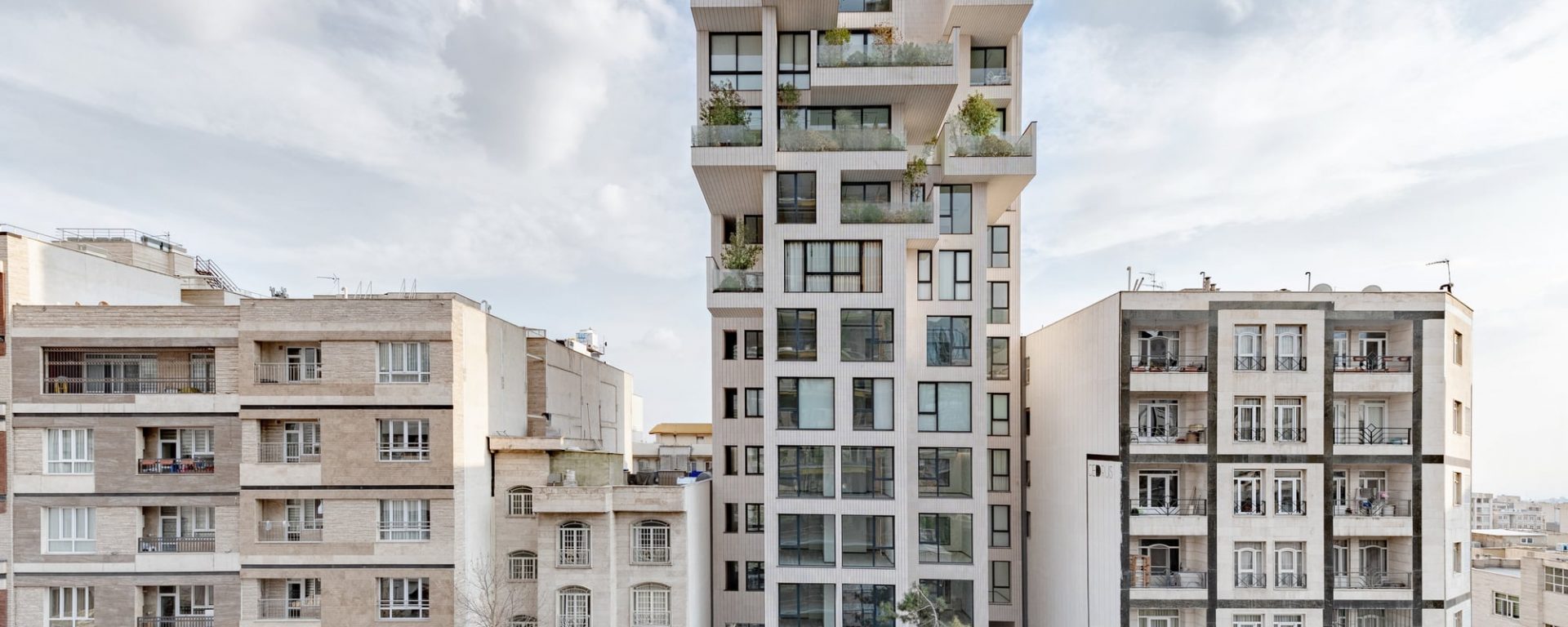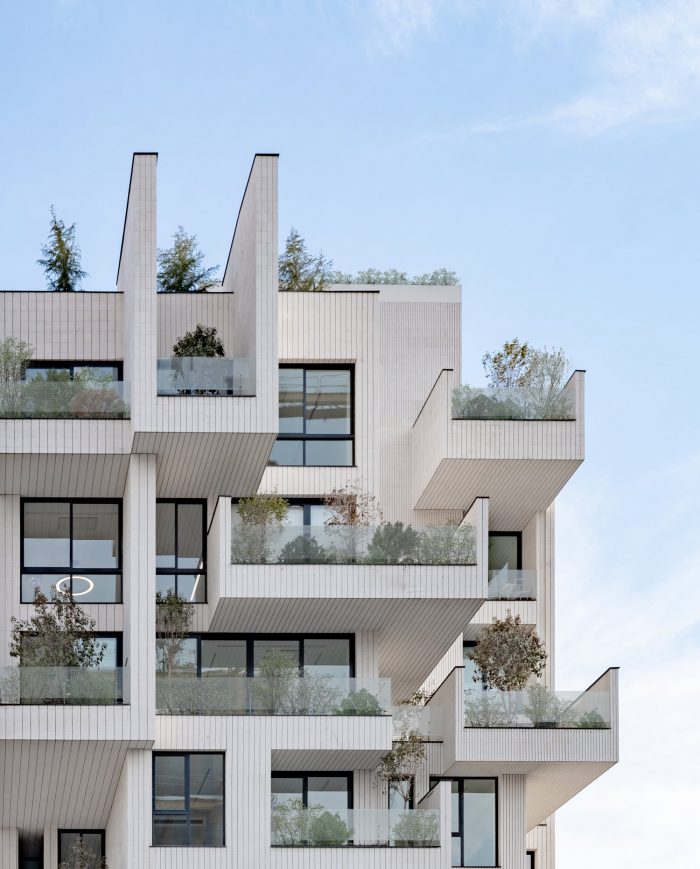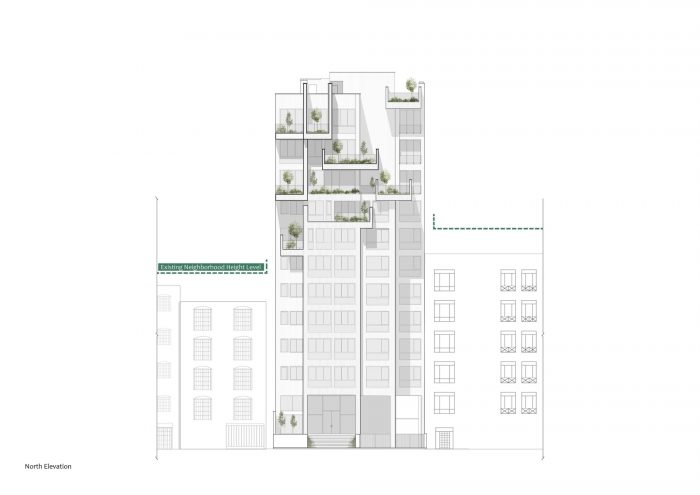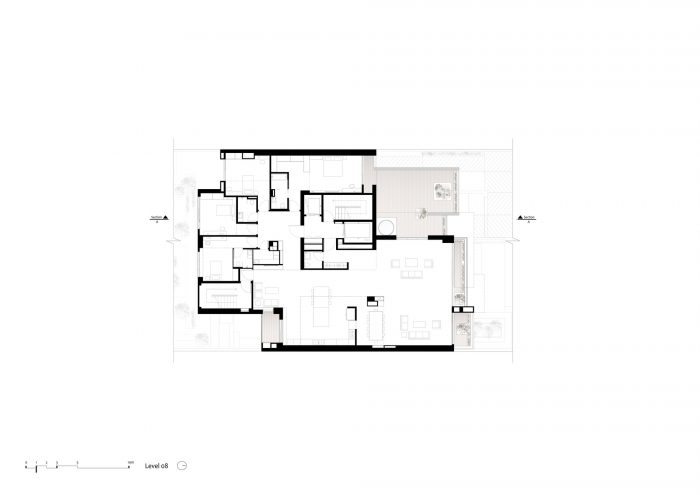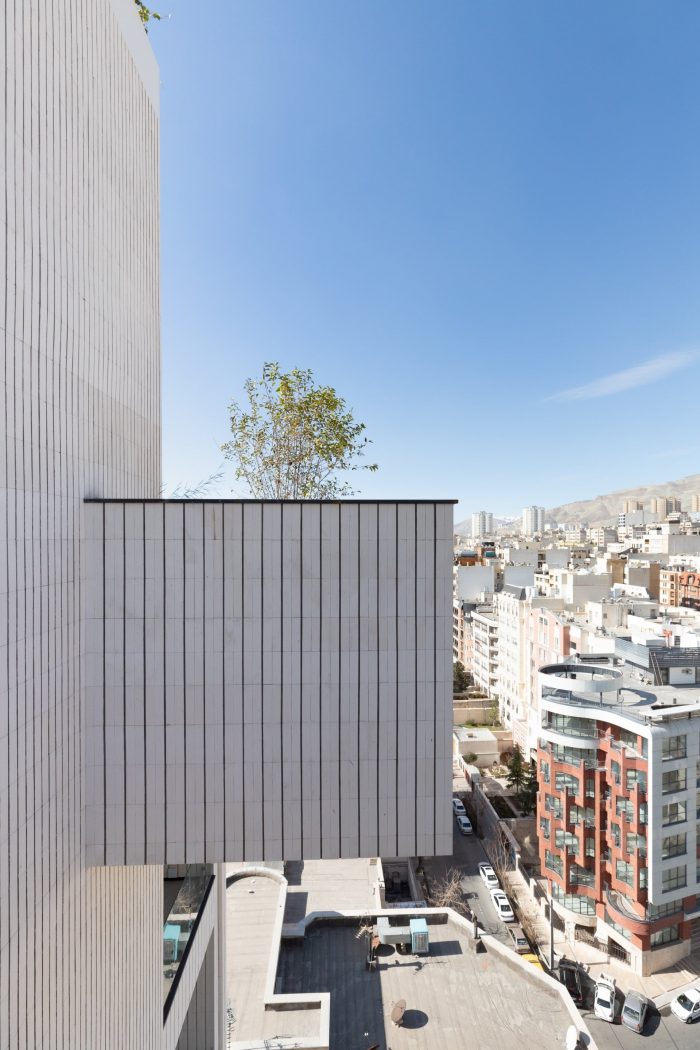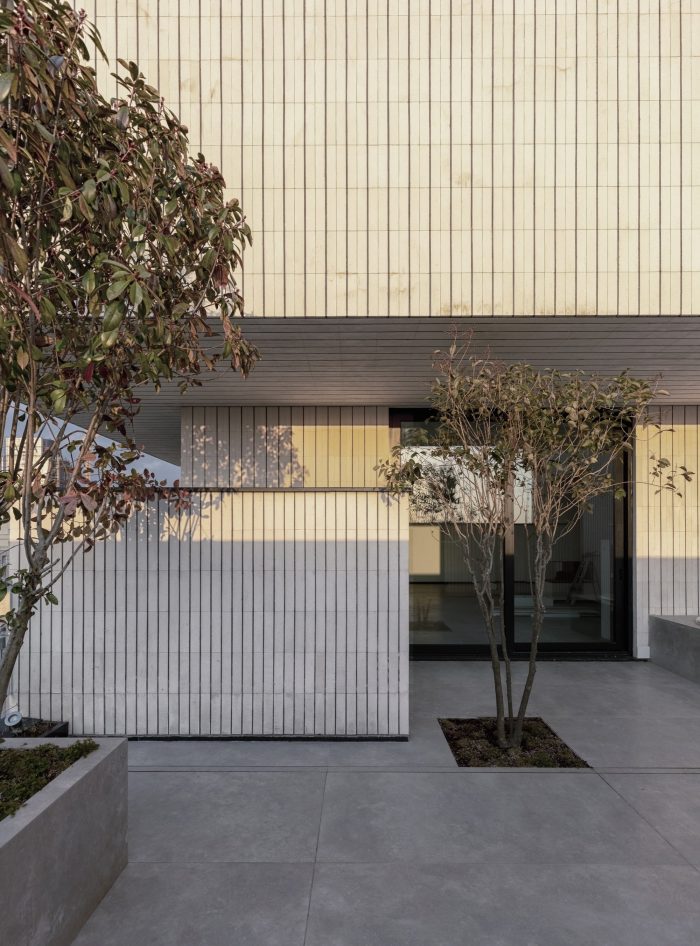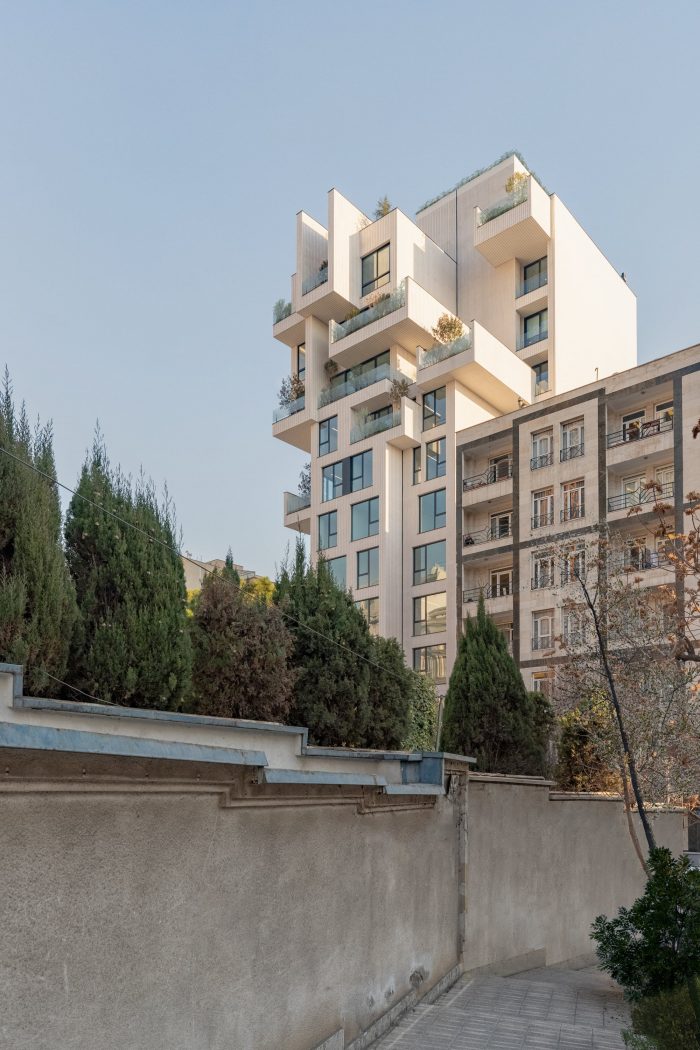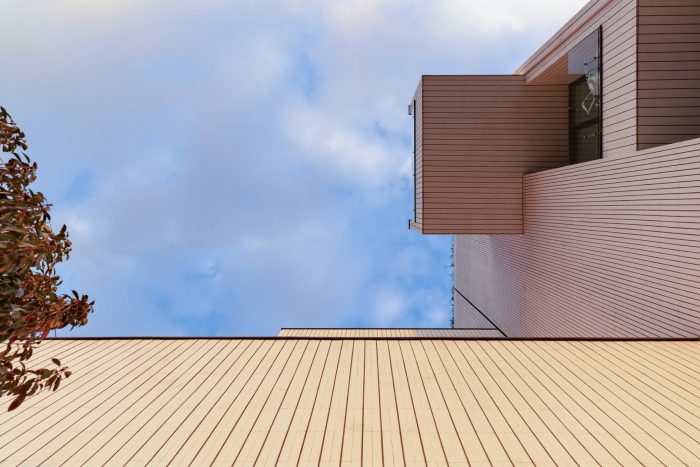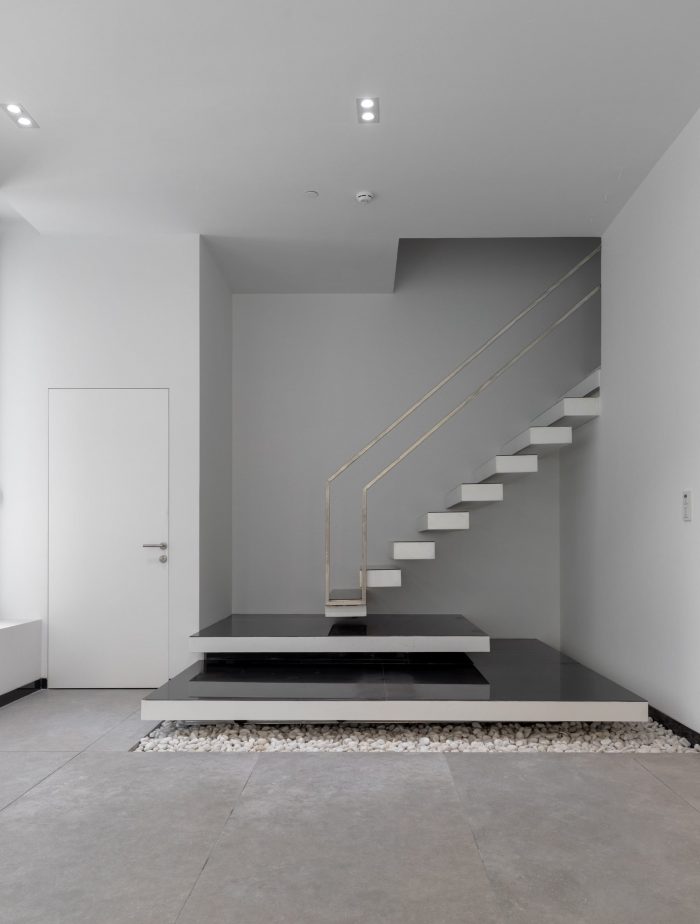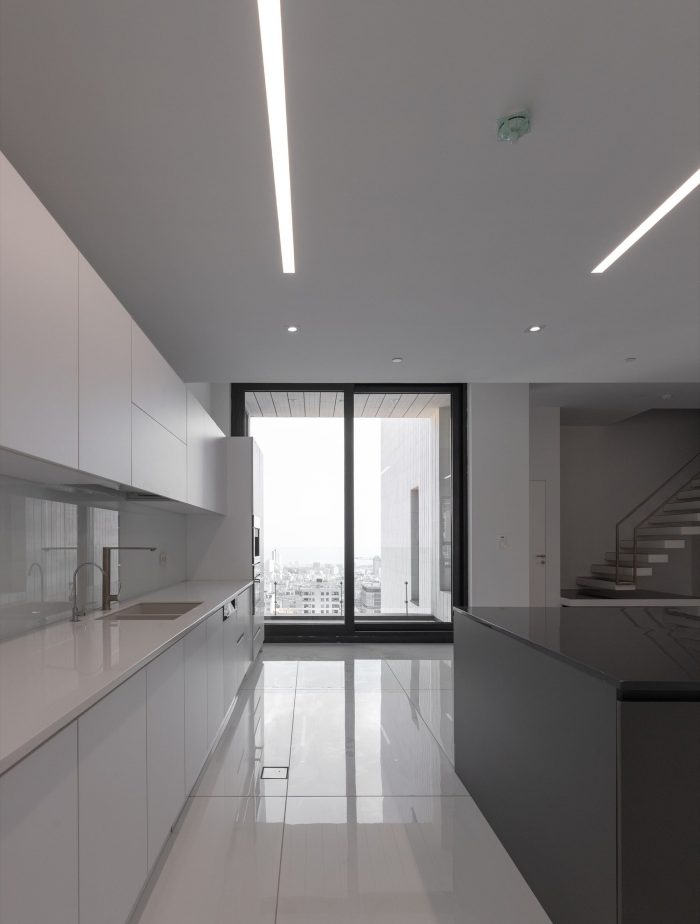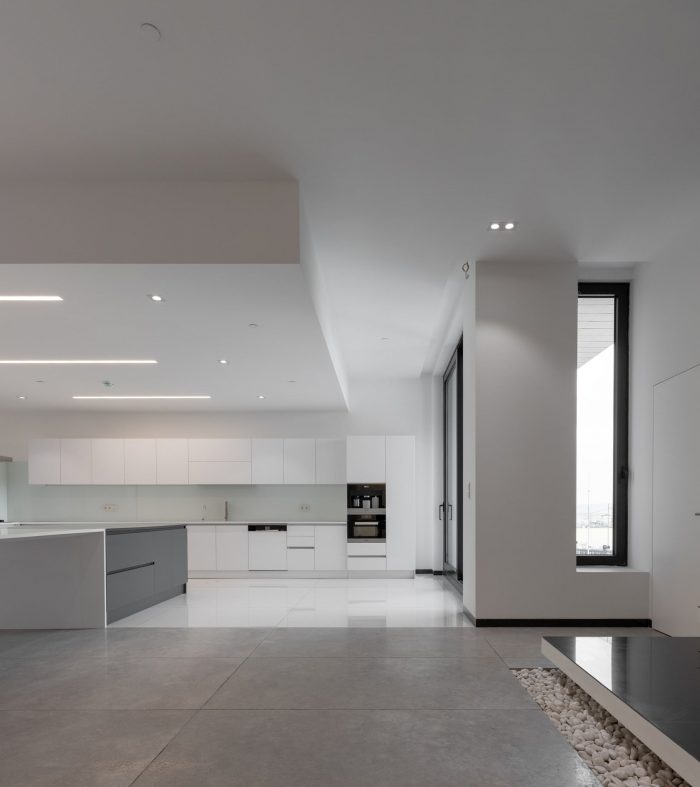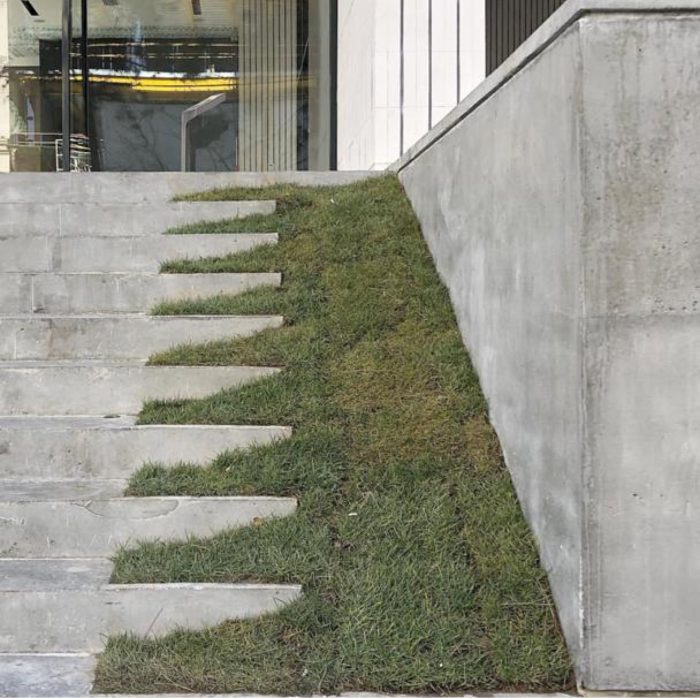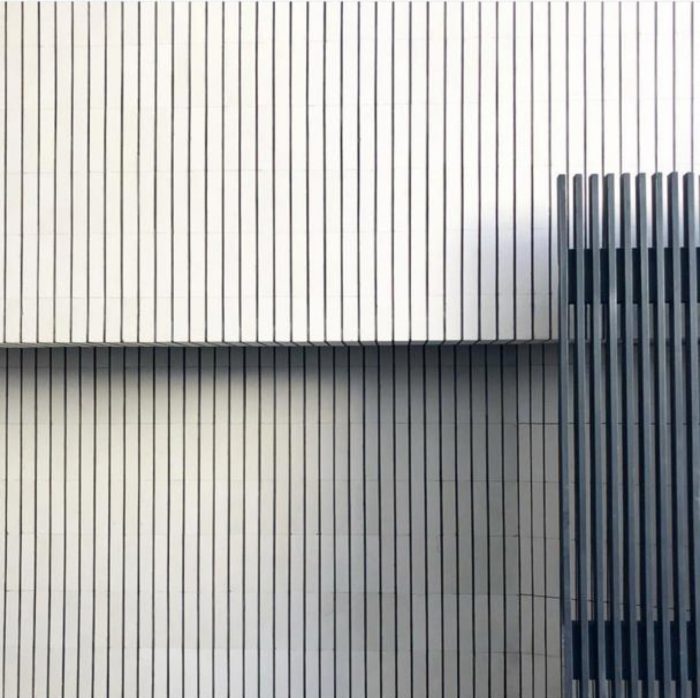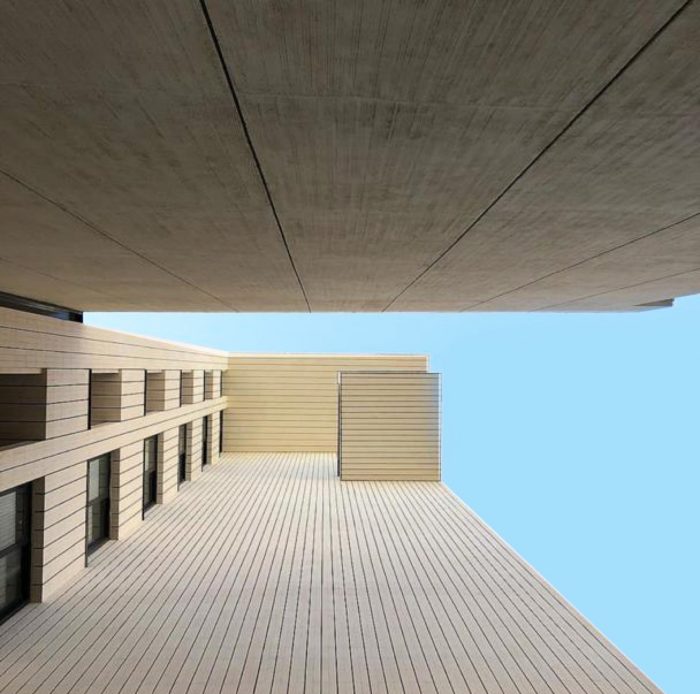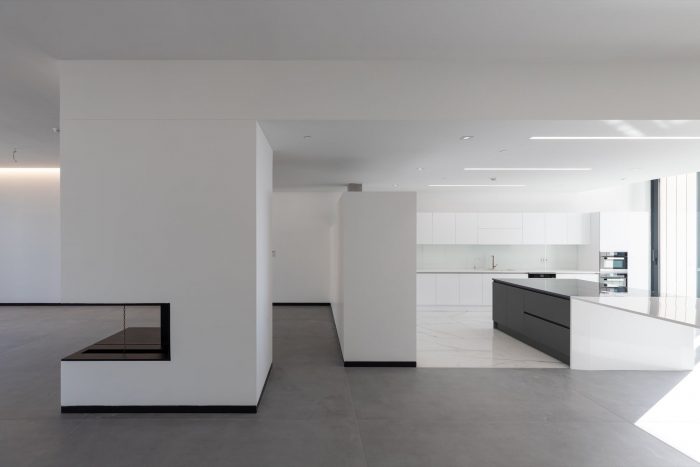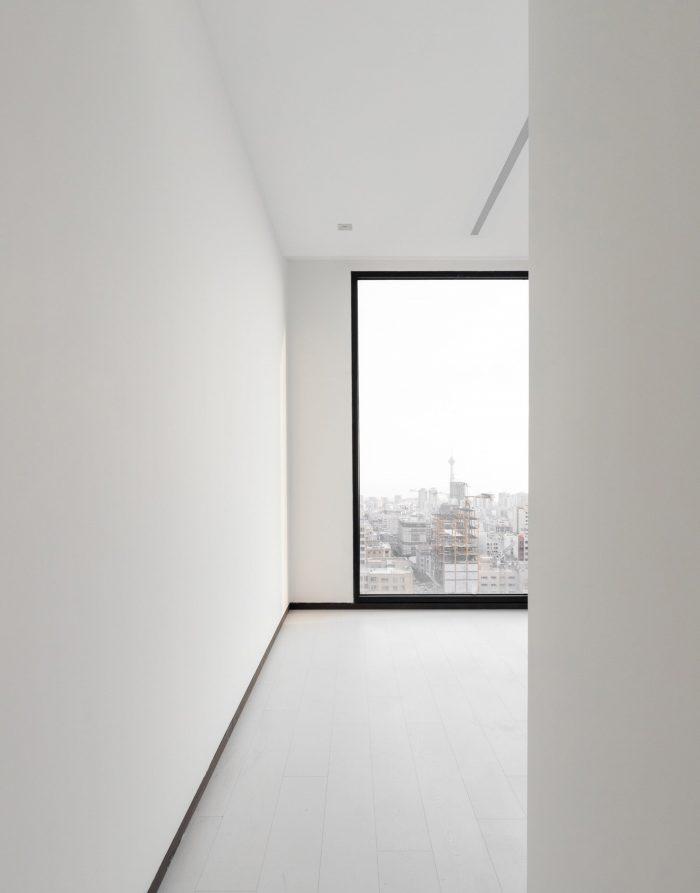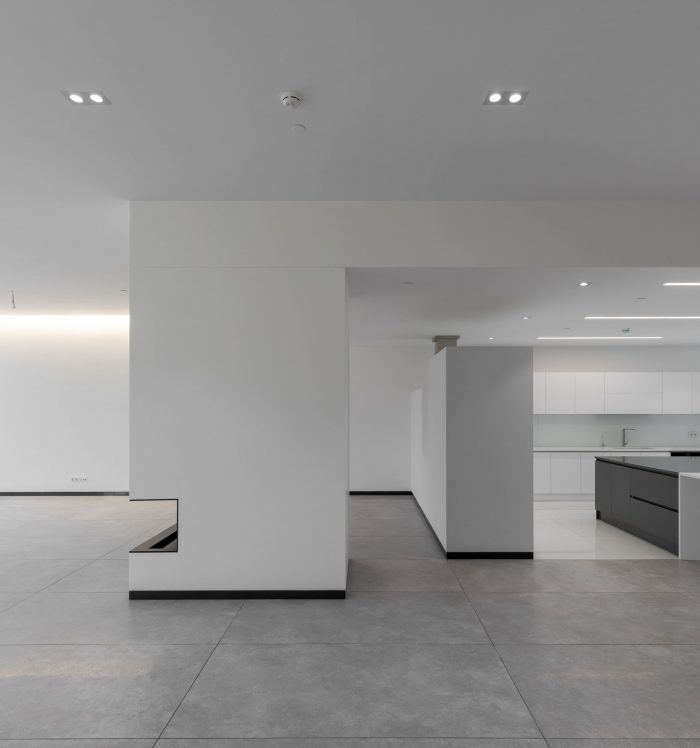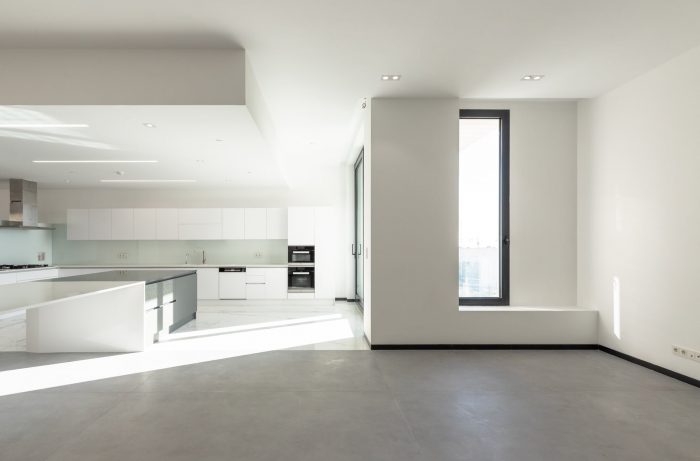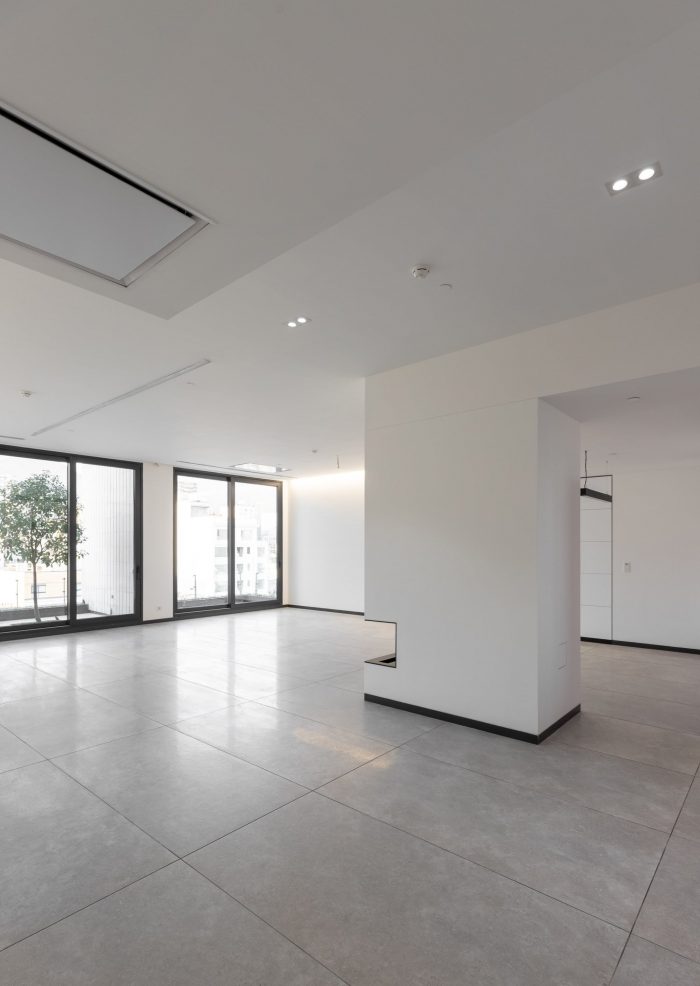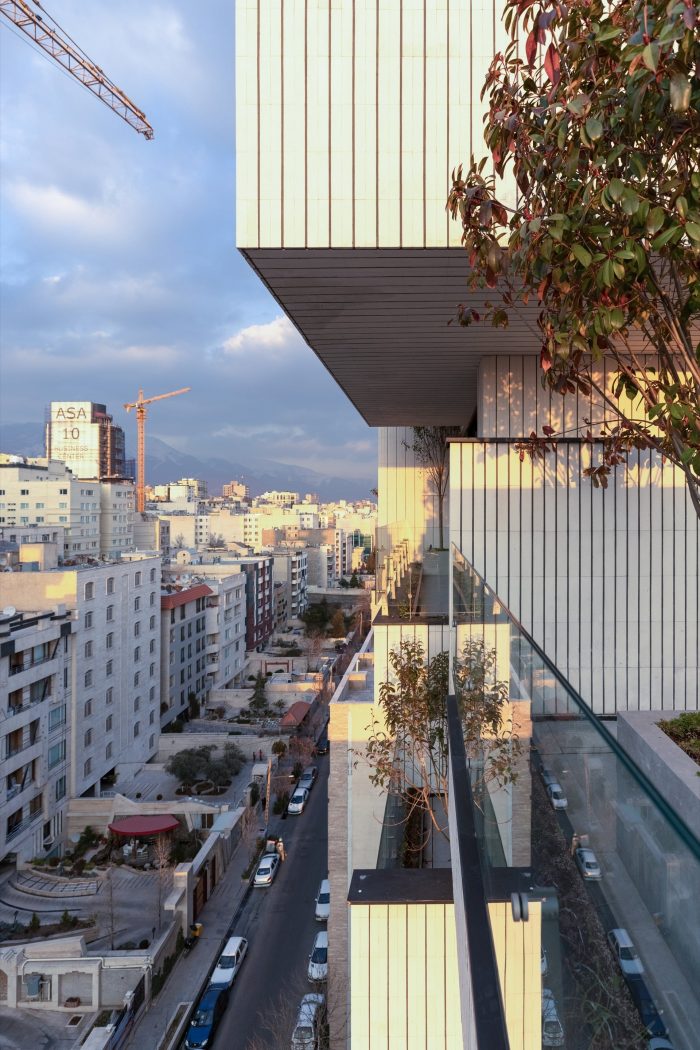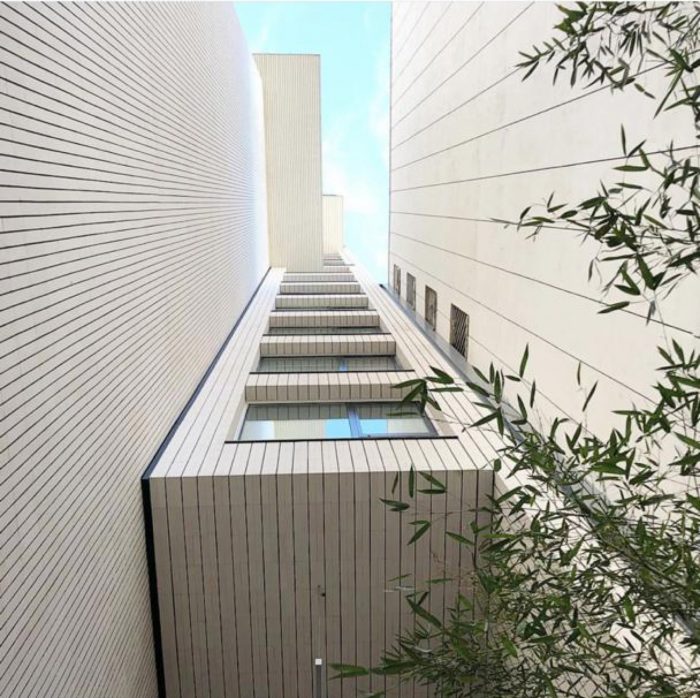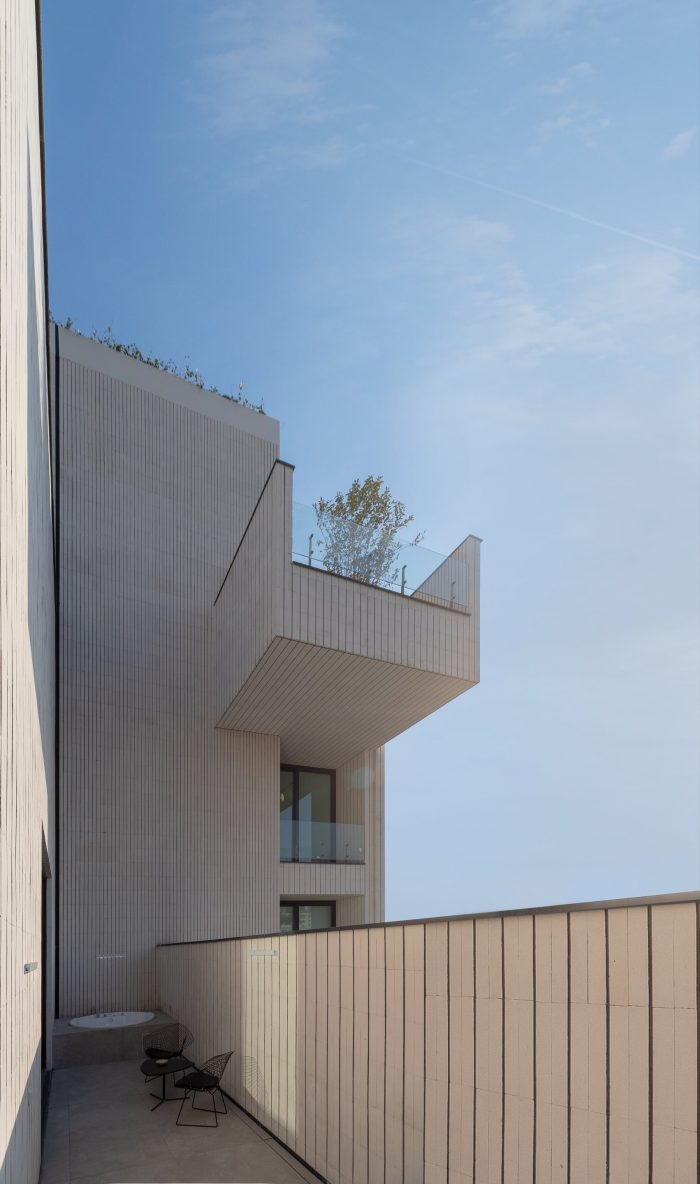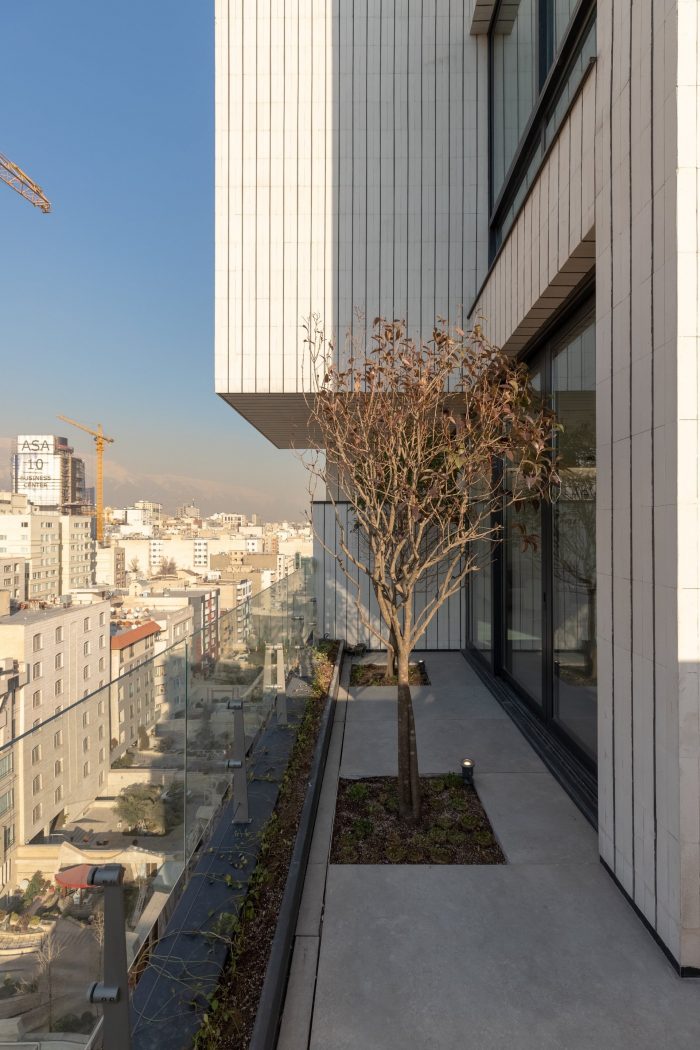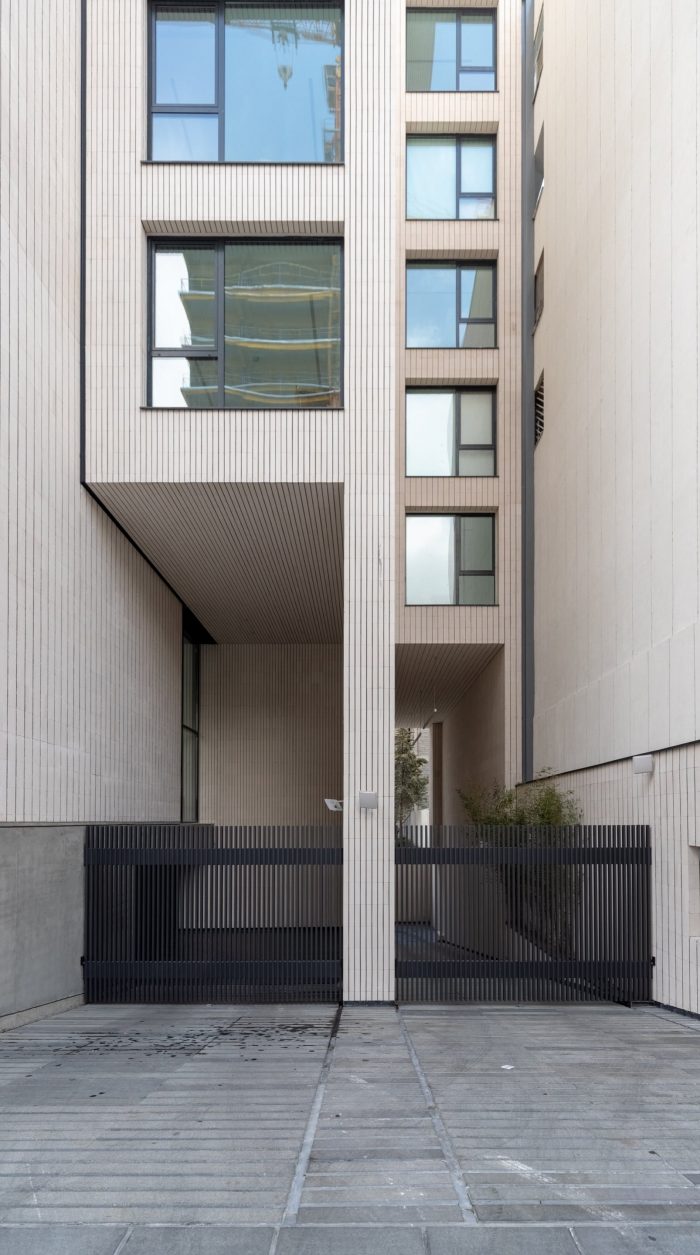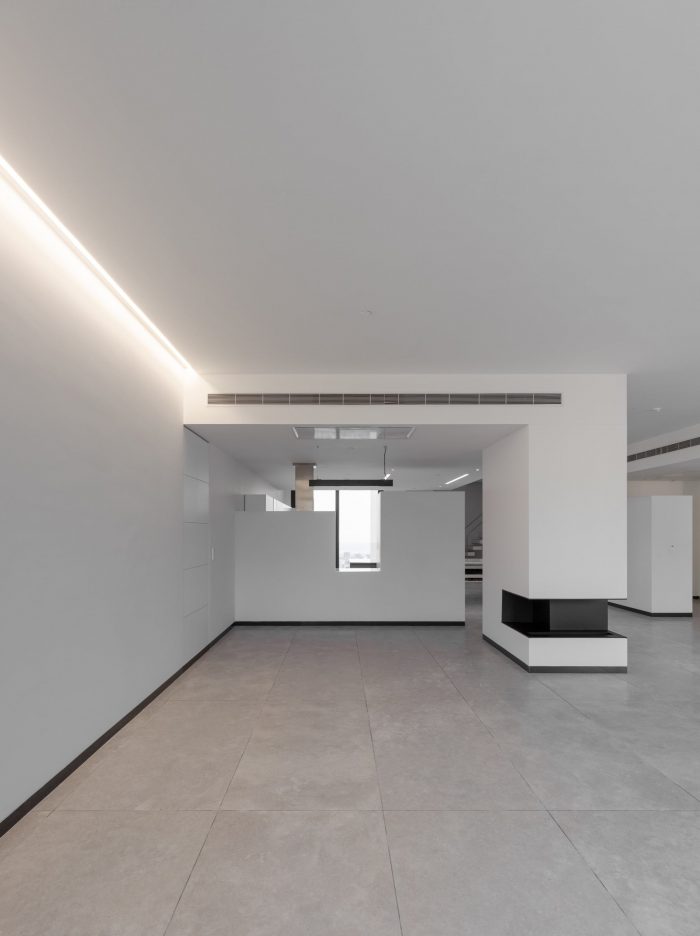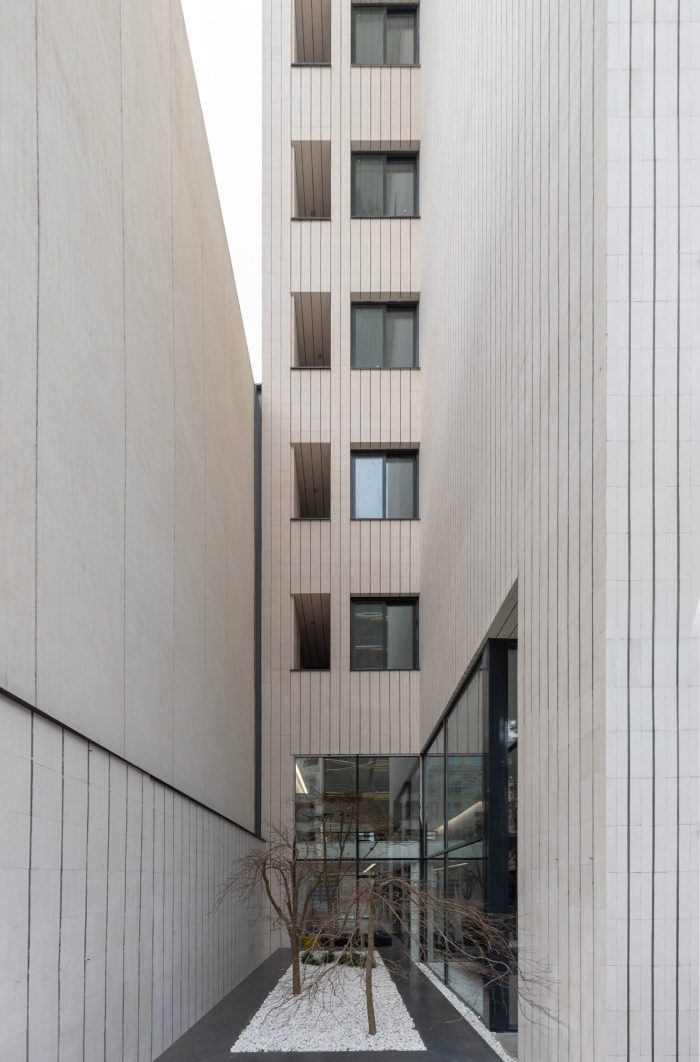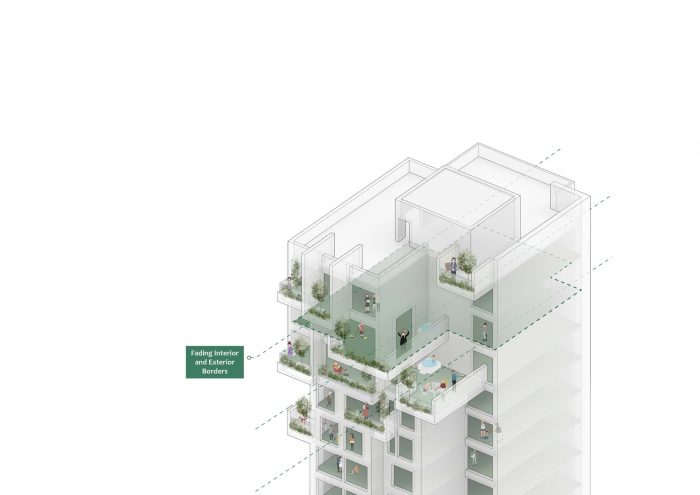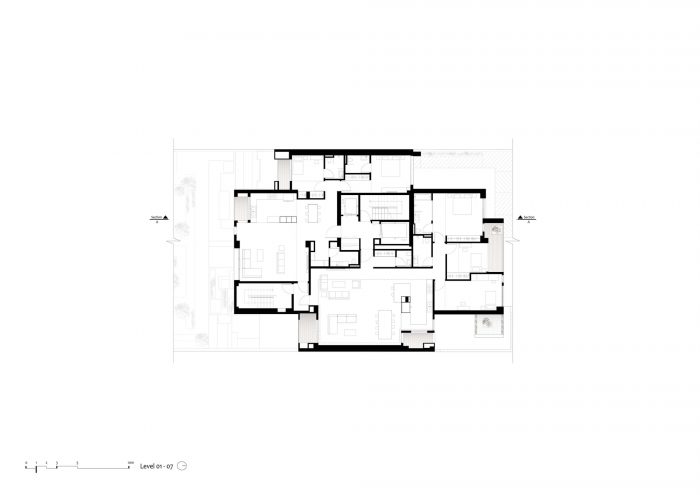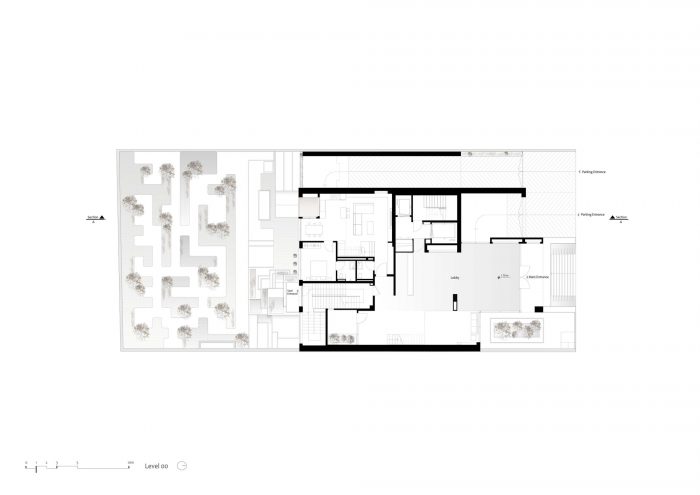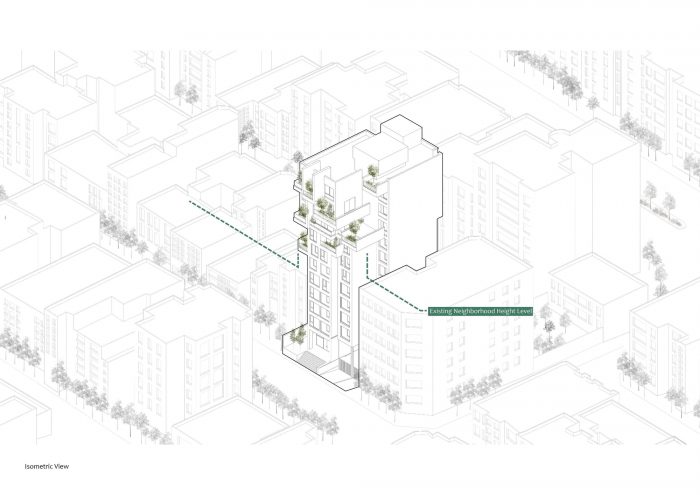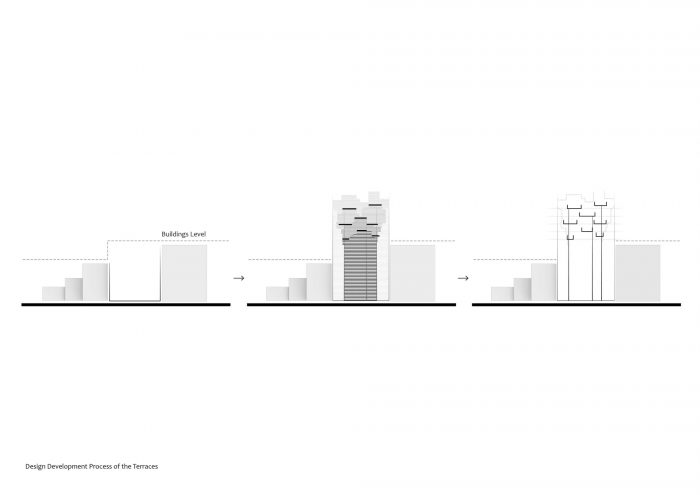德黑兰的密度及其分布是这个城市与建筑和结构有关的许多问题的根本原因,并引起了基础设施和城市设计方面的一系列问题。建筑物占用面积规定的不断修改,导致德黑兰各区建筑物的高度有明显的差异。彼此紧密相连的建筑,会带来一种叫做第三立面的联合。
Density and its distribution in Tehran is the root cause of many issues related to building and structures in this city and has arised a spectrum of problems in infrastructures as well as urban design. The continuous modification in the regulations of buildings’ occupancy areas has led to a noticeable difference in height of buildings in various districts in Tehran. Buildings which are closely attached to each other, will bring about a joint called third facades.
另一方面,在德黑兰这样的城市中,目前的社会/政治氛围,人们的私人生活方式和公共生活方式之间的对比甚至冲突导致了无法解决的挑战性问题。
On the other hand, in the current social/political atmosphere of a city like Tehran, the contrast and even conflicts between people’s private and public lifestyles lead to unresolvable challenging issues.
建筑物内发生的事情与公共生活形成了鲜明的对比。人们在聚会、派对以及私人和半私人场所的自由与公共生活无法相比,后者在某些方面受到更大的限制,甚至被禁止。
What is happening inside the buildings is in sharp contrast with public life. People’s freedom in gatherings, parties and also in their private and semi-private places isn’t comparable with public life which is far more limited and even forbidden in some aspects.
阳台作为缓冲区,位于被削弱的公共规则和私人自由之间,创造了一个混乱的区别场景。这个项目试图把阳台看作是这两个世界之间的一个紧张的混合边界,以一种新的方式来解决第三个立面的问题,并改善城市的外观。
Balconies as buffer zone, lies between the weakened public rules and the private freedom, creating a confusing scene of distinction. This project tries to look at balconies as a tensioned blending border between these two worlds in a new way to tackle the third façade problems and improve the urban look.
该建筑遵循类型学,直到相邻建筑的高度,在此之上,通过改变计划,张力和对比从窗户的形状和轮廓开始,直到最终在露台和控制台蓬勃发展。该类型的建筑试图通过多层次的体量设计、条形外墙以及露台的位置和建筑中使用的材料来解决第三个立面的问题。在立面上,砖被用作建筑的主要媒介,构造意图和审美表达。砖块在每个体量的外墙条纹上创造出不同的图案,通过一些线条,它们形成各种间隔和纹理,很容易区分。
The building follows the typology up to the height of the adjacent one and above that, by changing the plan, tensions and contrasts start from the windows’ shapes and profiles and goes till ultimately flourishes in terraces and consoles. The type of building architecture tries to resolve the third facade concern by a multi-layer design of volume, striped facade and also by the location of the terraces and the material used in the building. In façade, brick was used as the principal medium of construction, tectonic intent and aesthetic expression. Bricks create different patterns sitting on each volume facade stripes and through some lines, they make various intervals and textures which are easily distinguishable.
Architects: NextOffice–Alireza Taghaboni
Area : 6000 m²
Year : 2018
Photographs :Majid Jahangiri
Manufacturers : Miele, Bosch, Kavir, Kone, Nemachin Brick Company
Mechanical Consultant : Payabanaafarin Company, Mojtaba Arabpour
Electrical Consultant : Payabanaafarin Company, Saeed Afshar
Construction : Imen Sazeh Fadak Co.
Client : Farshad Sharifi
Structural Consultant : Bastanpol company, Vahid Qarakhniniya
Landscape Consultant : Mohsen Moghayedi
Team : Alireza Taghaboni, Farideh Agha Mohammadi, Shahnaz Goharbakhsh, Mohammad Kahidi, Atefeh Lotfollahi, Sepideh Sarrafzadeh, Ebrahim Roostaie, Hama Asadi, Hoodad Zoroufchiyan, Peyman Nozari, Sajad Hosseini, Mehrdad Makaremi, Meysam Feyzi, Morvarid Momayezan, Maryam Makhdoomi
City : Teherán
Country : Iran

